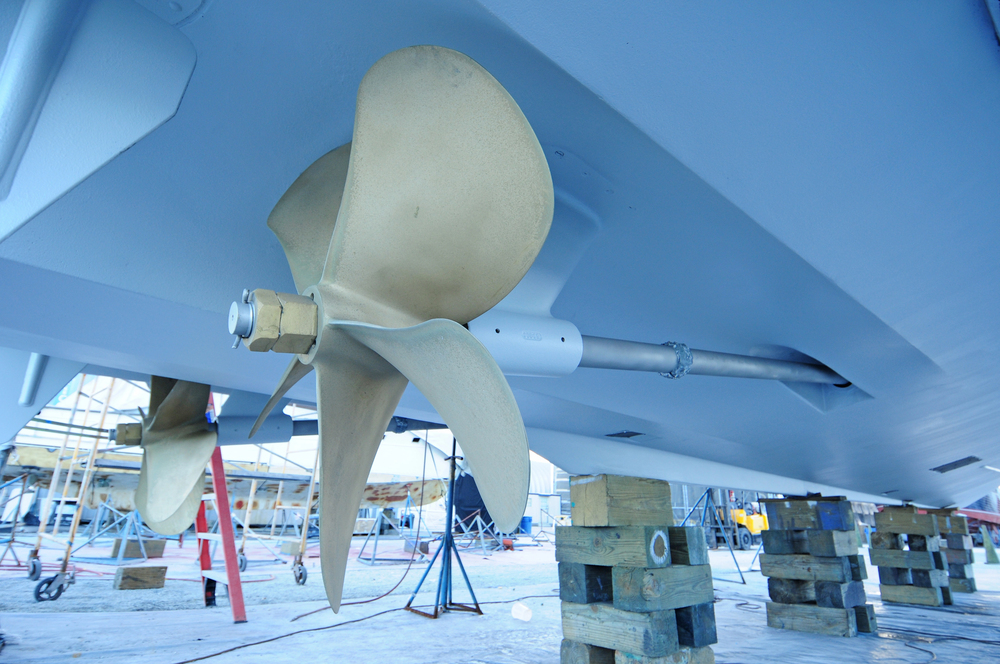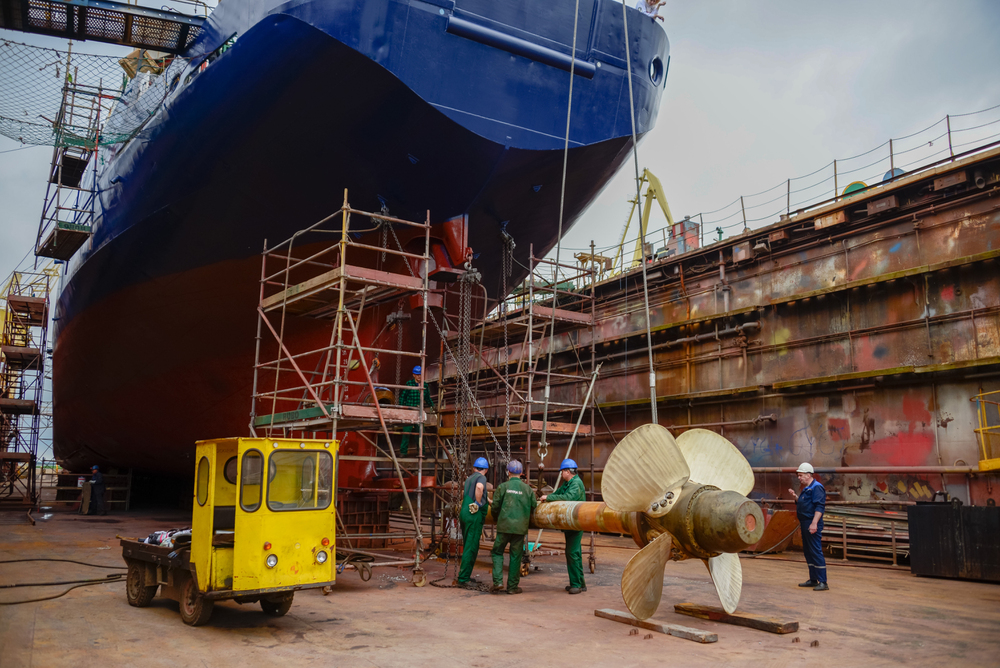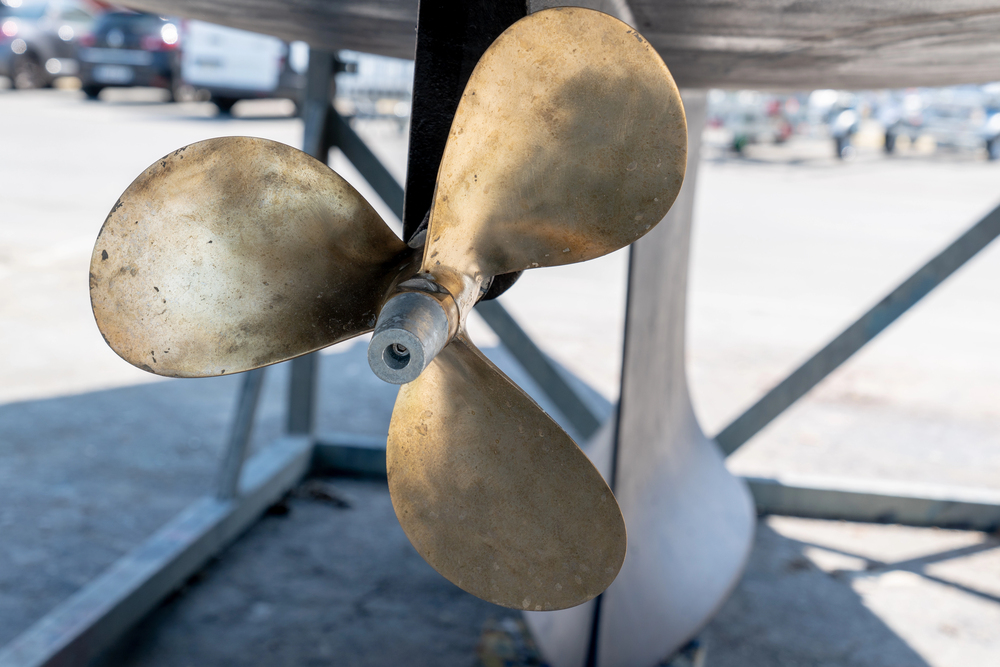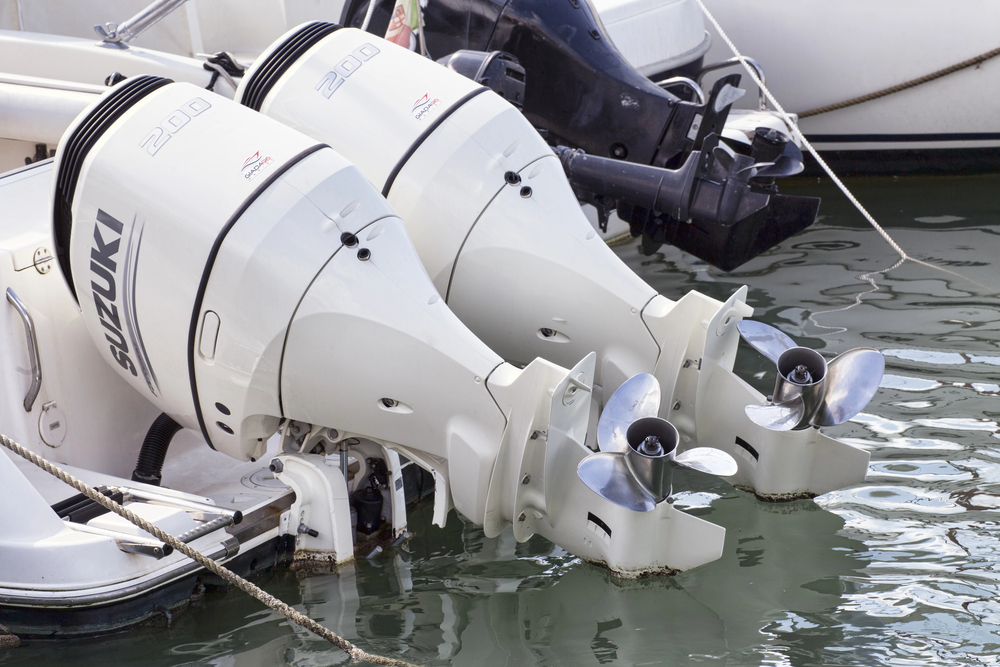Your floating dock plays a key role in providing a stable, reliable platform for your boat or water activities. Over time, the floats that keep your dock afloat can become damaged, resulting in leaks, loss of buoyancy, or other issues that affect the dock’s performance.
In this guide, we’ll walk you through the process of repairing your floating dock, identify the common issues, and discuss when it’s time to seek dock float repair services from a professional.
What Are Dock Floats?
Dock floats, also known as flotation devices or flotation barrels, are integral parts of floating docks. These devices are typically filled with air or foam and designed to keep the dock buoyant, even when submerged in water.
Dock floats are generally made from durable materials like polyethylene, fiberglass, or steel, which can withstand the harsh conditions of marine environments.
However, just like any other part of a dock, floats can become damaged over time due to wear, weather conditions, and marine growth. The longevity of your dock floats depends on the material used, maintenance practices, and how much exposure they get to the elements.
If your dock floats are compromised, your dock can lose buoyancy, which could lead to misalignment, instability, or even the dock sinking.
Common Problems with Dock Floats
It’s important to understand some of the common problems that can occur with dock floats. Identifying the issue early on can help you address it more efficiently and prevent further damage.
Leaks and Punctures
One of the most common issues with dock floats is leaks or punctures. Over time, the materials that make up the float can wear out, causing cracks or holes to form. When this happens, the float loses its ability to hold air or foam, causing it to lose buoyancy.
Leaks can occur from physical damage, wear and tear, or marine life chewing on the float’s surface. If you notice that your dock is sinking or listing to one side, it could be due to a damaged float.
Marine Growth
Marine organisms such as barnacles, algae, and mussels can attach themselves to your dock floats. While this might seem harmless at first, the growth can add significant weight to the float and cause it to deteriorate over time.
Additionally, the growth can hide cracks or weaknesses in the float, making it difficult to detect damage until it’s too late.
Corrosion
Floats made from steel or metal can corrode over time, especially in saltwater environments. Corrosion weakens the structure of the float and can cause holes or cracks to form. If the steel parts of your float are rusting, it may need to be repaired or replaced before further damage occurs.
Sinking or Loss of Buoyancy
If the float is no longer providing adequate buoyancy, your dock may sink or become unstable. This could be due to water seeping into the float, a puncture, or even a compromised structural frame. A sinking dock can be dangerous, so it’s essential to address this issue as soon as possible.
How to Repair Dock Floats
Once you’ve identified the issue with your dock floats, the next step is to repair them. Depending on the type of damage, there are a few different approaches you can take to restore your dock’s buoyancy and stability.
Patch Small Holes or Cracks
For small punctures or cracks, dock float repair is relatively simple. You can patch the holes with marine-grade sealants or patch kits designed specifically for dock floats.
These kits typically include a durable adhesive that bonds to the float’s surface and seals the leak. If you’re dealing with a plastic float, a plastic welder can also be used to fuse the material together and create a strong seal.
Before applying the patch, make sure the surface around the hole is clean and dry to ensure the adhesive adheres properly. It’s important to allow the sealant to cure fully before reintroducing the float to the water. For larger holes or multiple cracks, you may need to replace the damaged float.
Replace Damaged Floats
If the float is beyond repair or the damage is too extensive, you may need to replace it entirely. When replacing a dock float, you’ll need to select a new float that is compatible with your dock’s structure and size. For example, if the original floats were made from foam, you’ll want to replace them with similar materials for optimal buoyancy.
When replacing dock floats, it’s essential to choose floats that are durable and resistant to weathering and marine organisms. Polyethylene floats are a popular choice because they are lightweight, durable, and resistant to impact, UV rays, and marine growth. Floating dock repair services can help you select the right materials and install the new floats correctly.
Clean and Maintain the Floats
One of the easiest ways to extend the life of your dock floats is by regularly cleaning and maintaining them. Remove any marine growth, such as barnacles, algae, or mussels, from the surface of the floats. You can use a pressure washer or scraper to clean the floats thoroughly.
Regular maintenance of vessels and docks is always recommended to prevent the buildup of debris and reduce the likelihood of corrosion or damage.
If your dock floats are made from metal, consider applying a protective coating or anti-corrosion treatment to prevent rusting. Inspect the floats periodically to ensure they remain free of damage or deterioration.
When to Seek Professional Help for Boat Dock Repair
While some dock float repair tasks can be done on your own, there are situations where it’s best to call in professionals for boat dock repair. If you’re unsure about the extent of the damage or if the floats are significantly compromised, it’s important to seek expert assistance.
A professional dock repair company can evaluate the condition of the floats, assess the structural integrity of your dock, and recommend the best course of action.
At Hull 2 Prop, we offer comprehensive floating dock repair and dock float repair services across many regions to keep your dock in excellent condition.
Our team of experts can help you repair or replace damaged floats, clean the dock, and ensure that your dock remains stable and secure for years to come. Get in touch with us today for more information about our dock and piling services to address any structural issues your dock may face.







